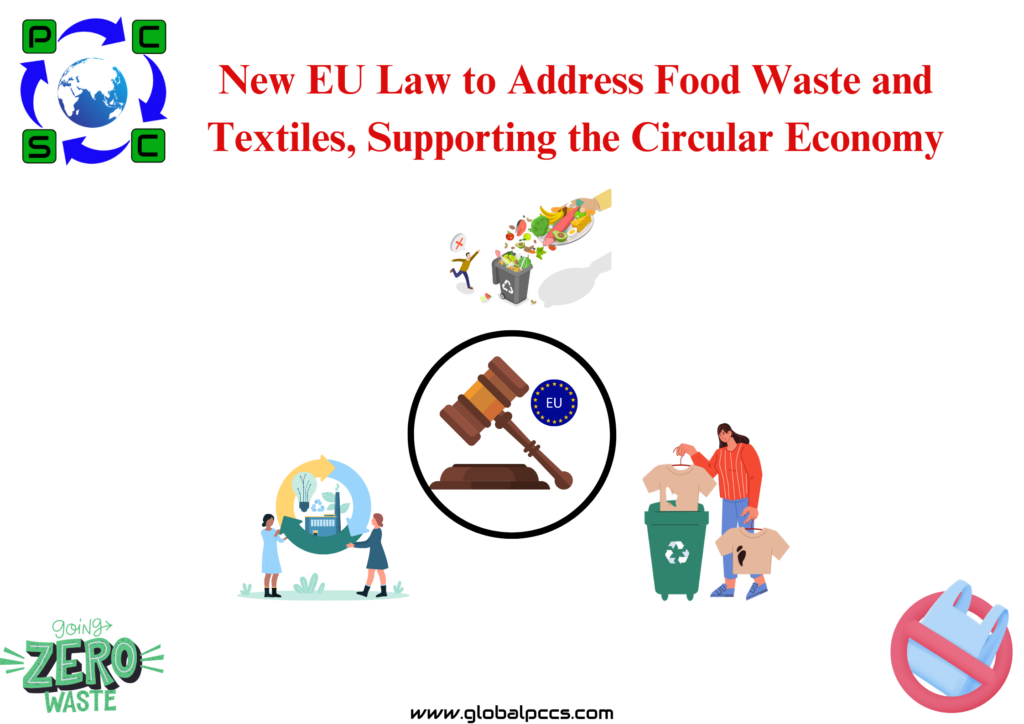 The Environment Committee approved its recommendations to enhance the EU’s food and textile waste prevention and reduction efforts.
The Environment Committee approved its recommendations to enhance the EU’s food and textile waste prevention and reduction efforts.
With 72 votes in favor, 0 against, and 3 abstentions, MEPs(Member of European Parliament) in the Environment Committee approved their opinion on the proposed modification of the Waste Framework Directive.
- 60 million tons of food waste and 12.6 million tonnes of textile waste created yearly in the EU.
- Higher 2030 objectives to reduce food waste.
- Producers must fund expenses for collecting, sorting, and recycling waste textiles.
- Less than 1% of all textiles globally are recycled into new items.
More challenging goals for reducing food waste:
In comparison to the annual average generated between 2020 and 2022, MEPs want to increase the binding waste reduction targets proposed by the Commission to at least:
- 20% in food processing and manufacturing (instead of 10%) and
- to 40% per capita in retail, restaurants, food services, and households (instead of 30%).
By December 31, 2030, EU nations would have to make sure that these goals are met on a national level.
MEPs further request that the Commission assess the potential of introducing greater objectives for 2035 (at least 30% and 50%, respectively), and that the Commission propose relevant legislation to accomplish this.
Increased producer accountability for apparel, footwear, and textile goods
The extended producer responsibility (EPR) programs outlined in the new regulations, which were approved by MEPs, would require economic operators selling textiles on the EU market to pay for the materials’ separate collection, sorting, and recycling.
The directive would require member states to set up these programs 18 months after it became operative, as opposed to the 30 months the Commission had suggested. Parallel to this, EU member states must guarantee the segregated collection of textiles for recycling, repurposing, and preparation by January 1, 2025.
These regulations would apply to textile-related items such apparel, accessories, blankets, bed linens, curtains, hats, shoes, mattresses, and carpets. They would also apply to products that use materials connected to textiles like leather, composition leather, rubber, or plastic.








 Authorised IMDS & CDX Training & Consulting partner for
Authorised IMDS & CDX Training & Consulting partner for





